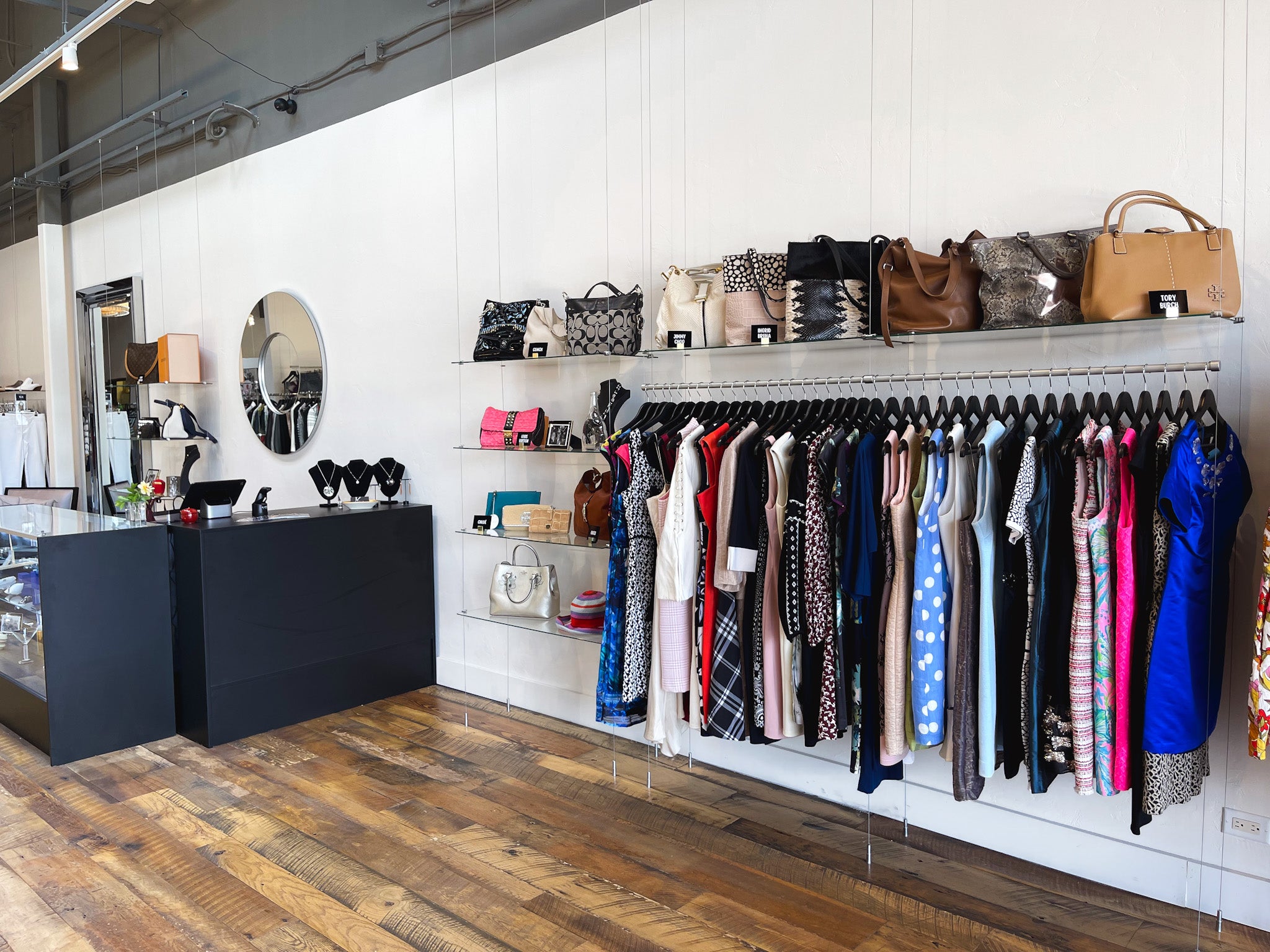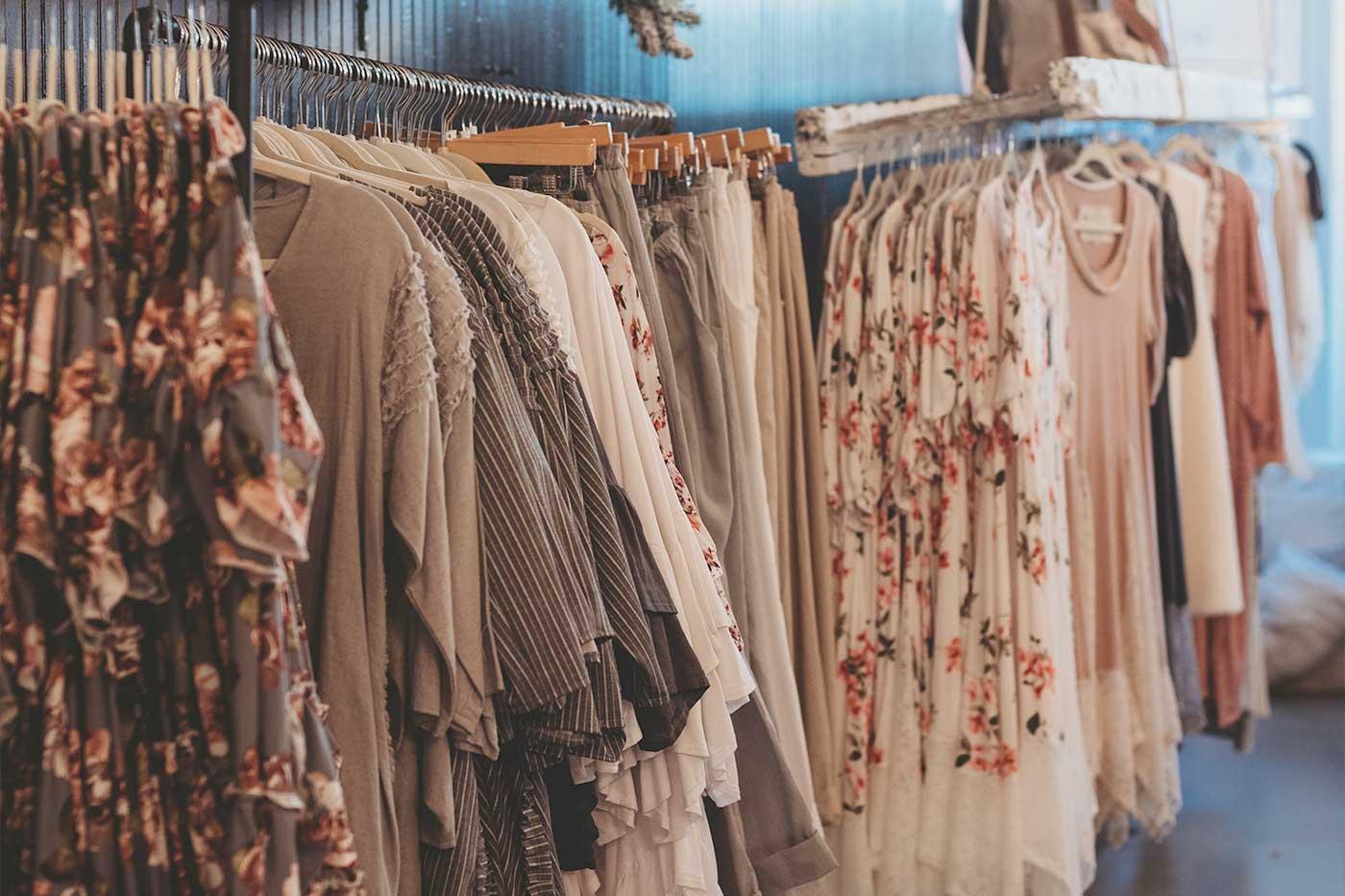The Increase of Online Shopping: Searching For Boutique Fashion at Your Fingertips
The Increase of Online Shopping: Searching For Boutique Fashion at Your Fingertips
Blog Article
A Deep Dive Into the Globe of High-Fashion Runways: Recognizing Clothing as Art
High-fashion paths have actually emerged as arenas where apparel transcends its practical origins, advancing right into an innovative type of creative expression. Developers, much like skillful musicians, weave detailed stories with type, color, and fabric, redefining and challenging standard norms elegance standards. These shows are greater than mere display screens; they are immersive experiences, where every stitch and joint narrates abundant with social importance and progressive advancement. As we explore these sartorial eyeglasses, we must contemplate: what function does style play in forming societal worths, and how does it reflect the ever-changing tapestry of human emotion and identity?
The Advancement of Runway Shows
The trajectory of runway programs has transformed dramatically over the years, developing from special market events to exciting eyeglasses that blend fashion with art. Commonly, path shows were intimate events, kept in ateliers or small venues, largely attended by buyers and market experts. These early discussions focused on the garments' workmanship and industrial stability, offering a sensible and direct display of seasonal collections.
As the fashion industry broadened, the nature of runway programs began to change. The 1970s and 1980s noted a turning point, with designers looking for to differentiate themselves via more staged discussions.
Recently, modern technology and social media have even more reinvented path shows, making them obtainable to a global audience. Livestreaming and digital platforms have actually equalized style, permitting fanatics worldwide to witness these occasions in real-time (boutique fashion). This evolution reflects a more comprehensive social change, where high-fashion paths serve as a vibrant crossway of advancement, performance, and style
Designers as Enthusiast Artists
Just how have developers transcended their roles to end up being visionary artists? Designers in the high-fashion industry have obscured the lines between functional garment development and the theoretical world of art. This makeover appears in the method they approach their collections, not simply as clothes yet as extensive expressions of culture, emotion, and identification. By welcoming artistic self-controls such as sculpture, paint, and progressive installations, designers craft garments that challenge traditional style standards and raise them to art types.
Visionary developers draw ideas from a myriad of resources, consisting of abstract art, historic references, and personal stories. They have a distinct capability to picture and appear ideas that push the borders of traditional style, often redefining visual paradigms while doing so. This creative resourcefulness is showcased with dramatic silhouettes, ingenious materials, and complex craftsmanship, which invite audiences to experience style as greater than simply wearable things.
Additionally, the runway works as a canvas for these artists, where lights, music, and established style coalesce to produce immersive experiences. These discussions are not simply displays of apparel yet are orchestrated efficiencies that evoke emotion and prompt thought, affirming the developer's role as a real musician in the contemporary social landscape.
Cultural Impacts in Style
Cultural tapestry weaves its complex patterns into the textile of fashion, influencing designers internationally. The dynamic interchange of social stories, practices, and signs informs and motivates collections that poise high-fashion paths. Developers thoroughly draw from their heritage or involve with societies distinctive from their very own, crafting garments that work as visual stories. This cultural discussion not just enriches the visual variety however likewise promotes a much deeper understanding and gratitude of global identities.
The impact of culture on style is usually seen in the reinterpretation of traditional garments and patterns. The use of Japanese kimonos, Indian saris, or African prints in modern style reflects a blend of social authenticity and modern important link aesthetics. Developers such as Valentino's Pierpaolo Piccioli and Alexander McQueen's Sarah Burton have been recognized to include abundant cultural concepts into their couture collections, converting background into wearable art.

Innovation in Textile and Style
Innovation in fabric and layout continually improves the landscape of high-fashion, pushing limits and redefining possibilities. Developers are progressively checking out the integration of technology, such as 3D printing, which enables for the production of complex frameworks that were formerly unthinkable.
Moreover, sustainability has actually become a pivotal theme in material advancement. The style industry is observing a rise in the usage of green products, derived from recycled plastics, organic fibers, and even biodegradable parts. These advancements not only supply new structures and aesthetic appeals yet also address essential environmental worries. Developers are accepting these materials to craft garments that are both aesthetically striking and mindful of their ecological impact.
In regards to layout, progressive shapes and speculative kinds are constantly here are the findings changing the path. By including non-traditional materials and innovative techniques, developers grow garments that obscure the line in between fashion and art, establishing brand-new standards for creativity and expression in the high-fashion round.
Effect of Fashion on Culture
Fashion wields an extensive influence on society, visit the site serving as both a reflection of social identification and a catalyst for social adjustment. Via its development, fashion has mirrored social changes, encapsulating the zeitgeist of numerous ages. As an example, the flapper dresses of the 1920s personified a newfound feeling of females's liberation, while the bold prints of the 1960s resembled the revolutionary spirit of the time. High-fashion runways, in specific, act as systems for challenging norms and redefining appeal standards. Developers make use of these venues to deal with pushing social concerns, from sustainability to variety, thereby shaping public discourse.
In addition, style has the power to bridge cultural spaces, promoting understanding and appreciation among diverse groups. As globalisation accelerates, the cross-cultural exchange of fashion ideas becomes progressively significant, promoting inclusivity and variety. The surge of streetwear, stemming from urban subcultures, illustrates exactly how fashion can transcend socio-economic boundaries, providing individuals a method of self-expression and empowerment.
Fundamentally, style is not just regarding aesthetic appeals; it is a dynamic force that influences worths, mindsets, and social progression (boutique fashion). By continually communicating with social and social currents, fashion remains an indispensable part of the collective human experience

Conclusion
Developers, similar to visionary musicians, orchestrate collections that reflect identification, feeling, and cultural stories, testing typical visual appeals. This junction of style and artistry not only captivates audiences worldwide however likewise influences social assumptions and advertises a deeper gratitude for cultural diversity.

Cultural tapestry weaves its detailed patterns right into the material of fashion, influencing developers internationally.Fashion wields a profound impact on society, serving as both a representation of cultural identification and a catalyst for social adjustment.
Report this page